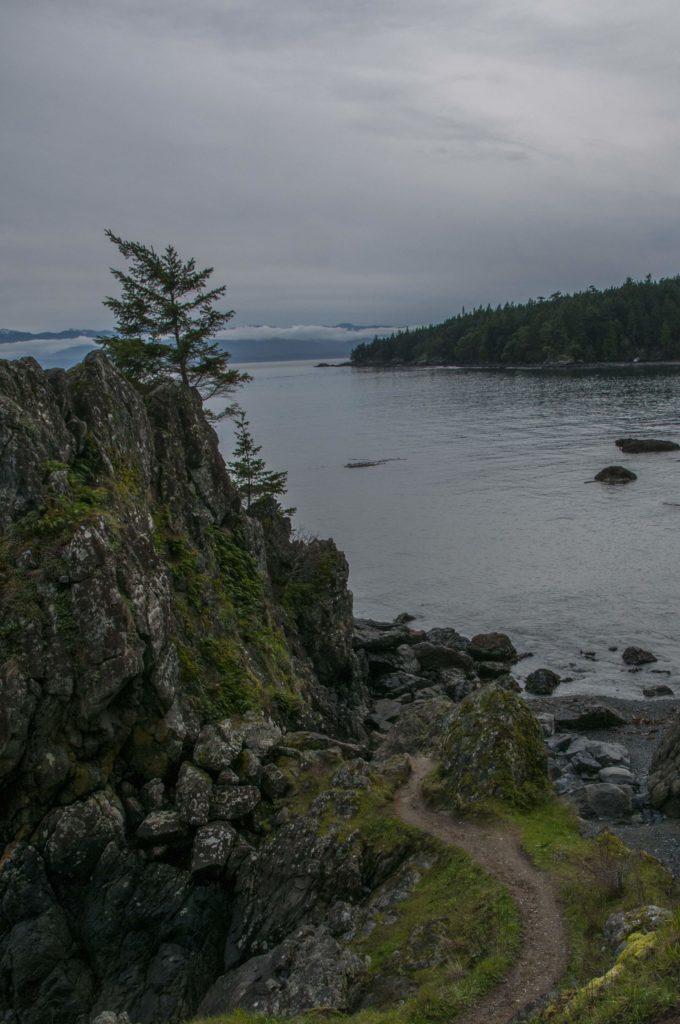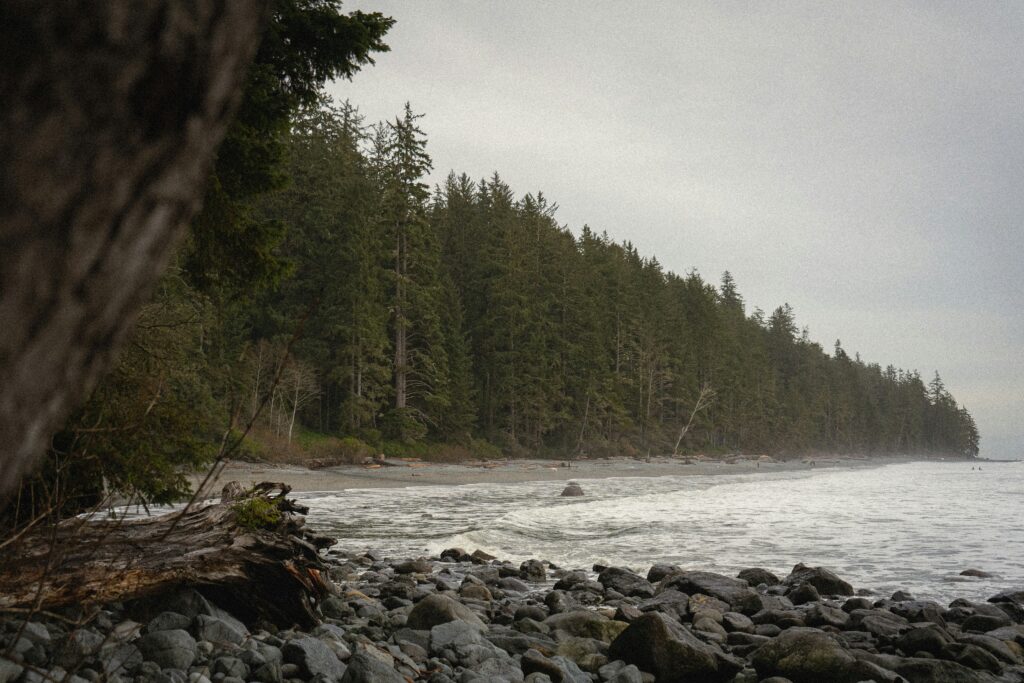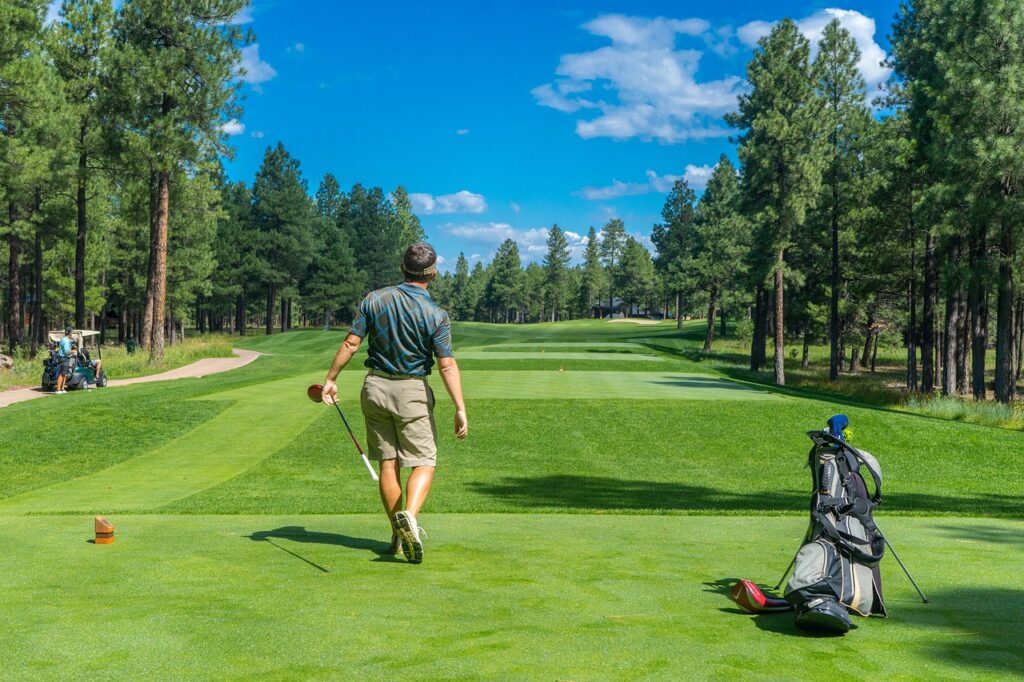Due to large amounts of domestic pressure, the colony of British Columbia joined the Confederation on July 21, 1867, becoming the sixth province to join the new country of Canada.
In the years that followed, the province grew and prospered as the Canadian Pacific Railway (CPR) connected the westernmost province with the rest of the country. Today, almost 150 years later, British Columbia is a booming centre of art, agriculture and industry with an ever-growing population that currently sits at approximately 4.5 million. But this beautiful province underwent many events and changes that helped form its modern face. And if you know where to look, echoes of these events and landmark moments can be found all over BC. Whether ghost town, heritage site or modern locale with an interesting pass, the pages of the province’s history are surprisingly accessible. Let’s begin on Vancouver Island…
In the quaint capital city of Victoria, the one block that is Chinatown is not only Canada’s oldest but also North America’s smallest. That being said, it has enough history and flavour to fill a hundred city blocks. You can’t miss this diminutive destination – not with the amazingly-colourful and ornate Gate of Harmonious Interest (or Tong ji Men), a free-standing structure that spans Chinatown’s street entrance, towering over the traffic lights in all its gilded, dragon-etched glory. This phenomenal pagoda-style monster, a joint Canadian-Chinese project, is reason enough to visit Chinatown. Factor in the import shops packed wall-to-wall with toys, trinkets and curiosities, the amazing restaurants and the cherry-blossom lined street and it’s case-closed. But this barely scratches the surface… literally. Below your feet, a network of apparently unused tunnels spider out from beneath Chinatown’s ancient buildings toward the rest of Olde Town and the harbour. At one time, Victoria’s Chinese population was as high as 3,500 due to the influx of migrant labourers who found work with the CPR. Allegedly, these catacombs once served as passages for opium and booze smugglers as well as providing a route for illegal immigrants entering the country. While these secret passageways are purportedly boarded and bricked up, occasional brave urban spelunkers report a different story… The jury’s still out but the blocked or otherwise, these tunnels exist. Just walk through Chinatown. They’re right beneath your feet.
While you’re strolling downtown Victoria, you’ll undoubtedly find the Causeway, a stunning harbour-front esplanade and wharf. And if you tear your gaze away from the majestic oxidized copper domes of the BC Legislative Buildings, you’ll see an equally impressive sight to your direct left. Welcome to the Empress Hotel, the 460-room Edwardian-style landmark that looks out over Victoria’s picturesque Inner Harbour. Now a Fairmont Hotel property, The Empress has been providing luxury lodging since 1908. Yet unknown to most, the site of this palatial structure was once water, the harbour continuing beneath the bridge that was once what lower Government Street is today. The area was drained before excavation for the hotel began but not without great cost. To this day, The Empress Hotel sinks fractions of an inch each year, the soft, water-logged foundation gently succumbing to nature. The Empress Hotel is somewhat of a museum piece that happily welcomes visitors whether you’re a guest or not. Be sure to venture downstairs. The public hallways are lined with early black-and-white photos of the area in its pre and early hotel days.
In 1861, a miner by the name of William Barker struck gold in the foothills of the Cariboo Mountains in the Northern Cariboo-Chilcotin region of BC. It wasn’t long before thousands of optimistic prospectors where flocking to the area. Billy Barker helped establish Barkerville one year later – a town that not only became the quintessential BC Goldrush community but one that also served as a vehicle toward the provinces economic growth and its eventual inclusion in the Confederation. The end of the Gold Rush spelled the end of many of the towns it had helped birth, but not Barkerville. This town thrived, eventually becoming a national heritage site – the largest of its kind in the country. Everything and everyone in this town is period 1800’s, making the Barkerville experience one of the most surreal trips back in British Columbia history. With its wood plank sidewalks, stagecoaches, saloons and even the chance to pan for gold yourself, this is the closest you’ll get to Canada’s Wild West without actually getting shot in a duel at high noon. Bring the kids here and they’ll be talking about it until puberty! Yet Barkerville wasn’t the only community fundamentally affected by the Gold Rush…
At the southwest entrance to the Fraser Canyon, the little town of Yale might not seem monumental but it’s one of BC’s oldest communities. This sleepy town was a busy steamship centre at the height of the Gold Rush. Established as a Hudson’s Bay Company fort in 1848, it became the Fraser River’s inland waystation for those travelling by sternwheeler. Ten years later, when gold was discovered just 2 miles away, a wave of prospectors saw the population spike to 20 thousand residents. It wasn’t long before the government funded a road that ran almost 650 kilometres from Yale to the northerly town of Barkerville and hence, the Cariboo Wagon Road was born – a route that witnessed the fruition as well as the demise of many wealth-seekers’ dreams. Although the population of Yale is only 200-strong today, it has become a busy tourist destination and for good reason. Visit the Church of St. John the Divine, BC’s oldest church that was built in 1863 to provide spiritual comfort for road-weary prospectors. A structure built only 5 years later plays home to the Yale Museum, a heritage site that retells the Gold Rush story courtesy of numerous artefacts and exhibits. Take a guided walking tour where you can see the old embedded rings that were used to moor the great riverboats of yesterday. Stop by the cemetery south of town with headstones marked as early as 1862… and while you’re in the neighbourhood, visit Hill’s Bar, the pebble bar that was the site of the first gold discovered in the province!
There are so many other places in the province where history is alive and well. BC is extremely proud of its past – something that’s obvious when you ask any of the locals about it. From Dawson Creek’s Mile Zero of the Alaskan Highway to Steveston’s early cannery to Fort St. James’ restored fur trading post to the cobbled street of downtown Vancouver’s Gastown, British Columbia has a story to tell.
All you have to do is show up and listen.




